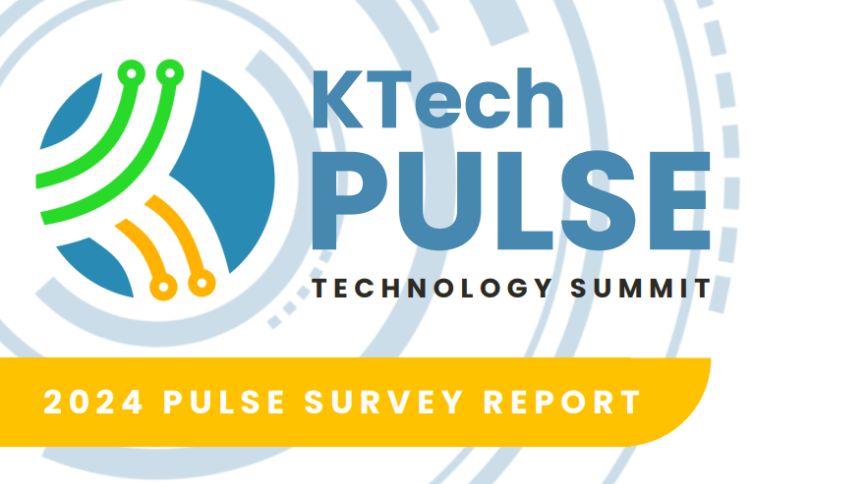
KTech releases results of its annual PULSE Survey
Nearly 11 percent of the companies completing the survey said they no longer have an office and are entirely remote in their work.
On Friday the Knoxville Technology Council released the results of its annual PULSE Survey Report. The document was compiled through a survey of companies in the Knoxville area, including perspectives and trends on the way their employees work and the future of technology.
The first area examined was titled “Changes to the Way We Work.” Interestingly, nearly 11 percent of the companies completing the survey said they no longer have an office and are entirely remote in how their employees work. About a third of the respondents said the majority of their employees were in the office full-time, while 40 percent indicated there had been a shift toward more flexibility – work-from-home options and remote workers being hired.
What’s the biggest challenge from the more flexible options? The biggest area cited was the lack of personal connection, followed by fewer boundaries between work and home. Those two accounted for more than 60 percent of the responses.
In terms of the “Tech Workforce” – the second area examined in the report, the biggest challenge was not a surprise. More than 45 percent of the respondents cited the lack of enough qualified applicants. While nearly a third of the employers said they would increase hiring in 2025, slightly more than 38 percent said their hiring levels will remain about the same.
That no doubt factored into the responses to the question of technology budgets in 2025. The vast majority – 45.45 percent – said the budget will remain the same. Slightly more than 18 percent said their tech budget would likely increase by 25 percent or more, while 27.27 percent said it would increase less than 25 percent.
Cybersecurity is by far the area where technology investments are being made, and a n even greater number of companies responded that artiticial intelligence and machine learning have the most potential to change the way their businesses operate in the next three to five years.
Like what you've read?
Forward to a friend!

